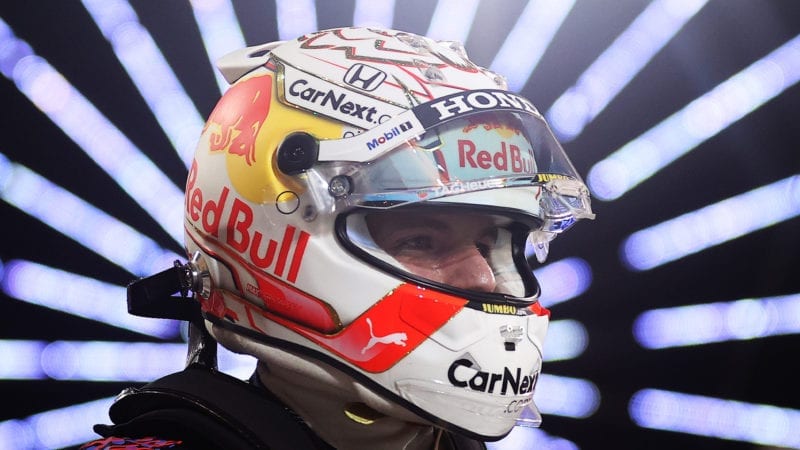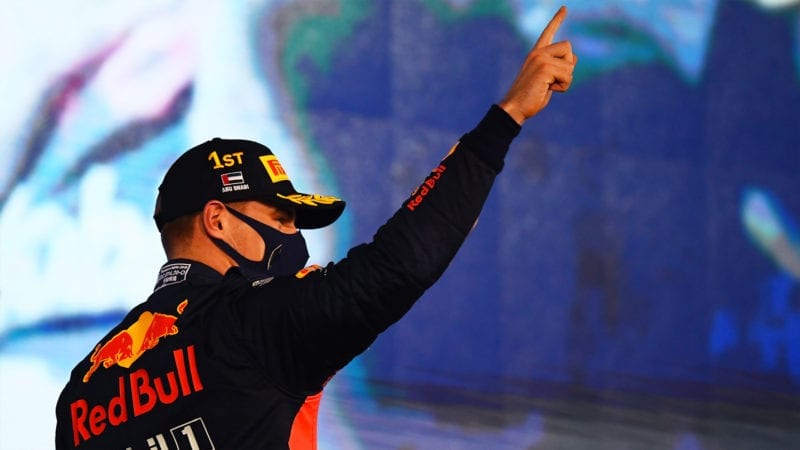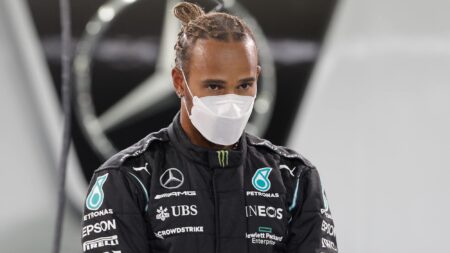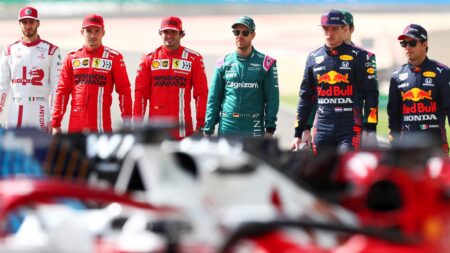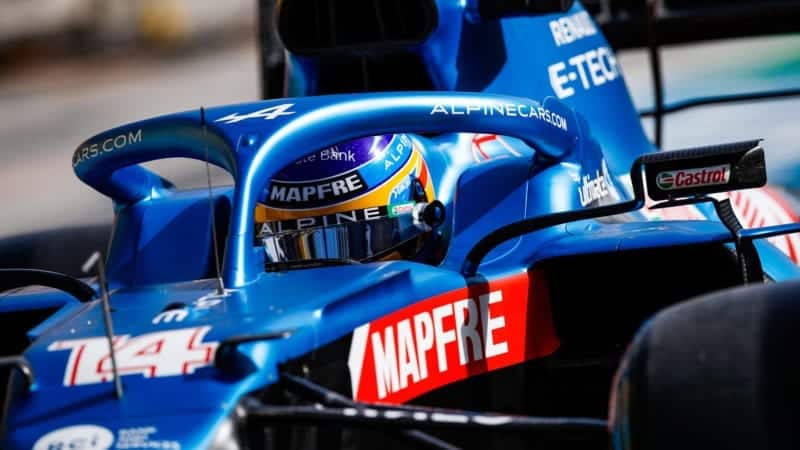But, it’s the same for everyone, right? Well, maybe not. A theory gathering purchase is that the diffuser modifications have hurt the low-rake cars more than their high-rake counterparts. Low-rake cars, like the Mercedes and last year’s Racing Point run fairly flat when viewed in profile, while high-rake cars such as the Red Bull and AlphaTauri, have the appearance of a jacked-up rear end.
Toto Wolff is among those who think that the rule change – ostensibly to aid Pirelli with the heaviest, most powerful F1 cars ever running on its revised construction tyres – was actually also intended to level the F1 playing field.
“I’m sure it has been specifically designed to change the pecking order,” he said. “We know that for a low-rake car it’s more of a challenge, but we embrace it.”
They have little choice because it’s a matter of car concept, not simply a question of altering rake level.
“It’s physically not possible,” Wolff said. “We couldn’t run our suspensions and settings in the way that Red Bull does, so we need to make the best out of it and tune the car to what we have available.”
From the start of testing, both Hamilton and Valtteri Bottas have found the Mercedes tricky to balance. The more they run it, the more they will learn, but at the moment it’s a handful. Quick, but tricky.
Testing suggested a shift in the balance of F1 power. But testing being what it is, nobody quite knew. Now, the first qualifying session of the new season appears to have confirmed it.
Horner though, was keeping his feet on the ground: “It’s the first time that the fuel comes out and the engine modes go up, so it’s good to see, but in Q2 Mercedes seemed to have the advantage on the medium tyre even if Max was strong on the softs. People have been writing Mercedes off these past couple of weeks, but they’re right there.”
His definition of “right there” might not quite square with Hamilton’s. Lewis reckoned he’d left nothing on the table with his second Q2 run, while Horner estimated that a slight off by Max at Turn Two in Q1 had damaged the underfloor and robbed him of perhaps a tenth for the rest of the session. So, Lewis was looking at a full half-second. And that’s without factoring in that a better-balanced Red Bull is likely to look after the tyres better over a race distance.
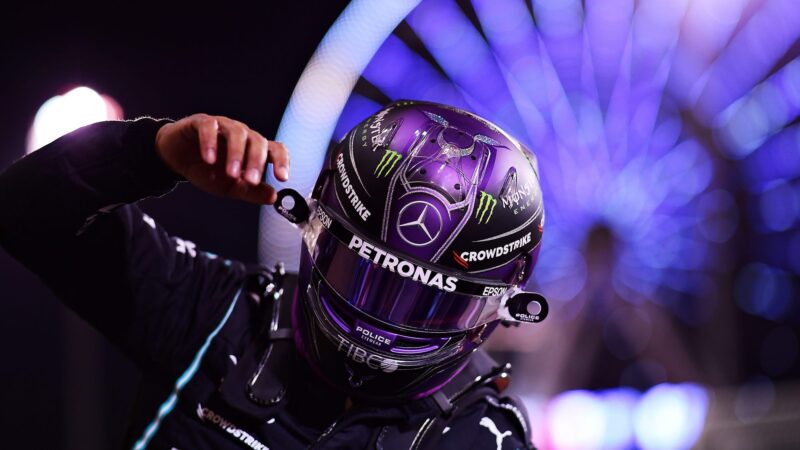
Hamilton was behind in qualifying and faces an uphill battle in the race
Mario Renzi/F1 via Getty Images
Bottas qualified third, a fairly typical two tenths down on the seven-time champion. He had to be fairly satisfied with that from a Friday baseline when he labelled the car ‘undriveable’ and proved the point by having four successive laps deleted for abuse of track limits at Turn Four.
“I did a second run in Q1 and so had just the one Q3 run,” he explained, “and it’s hard to take on Max and Lewis from there. But we’ve got two cars in the mix, which should allow us to put the pressure on Max.”
It was for that very reason – the need to have two ultra-competitive cars up front – that persuaded Red Bull to go for Sergio Perez in place of Alexander Albon, when F1’s young up and comers proved incapable of getting much closer to Verstappen than half a second over a single lap.
Ironically, qualifying has never been Perez’s strongest suit but he is an excellent racer who can both overtake and maximise tyre life. But he could do without starting his first race for his new team, in potentially the fastest car on the grid, from 11th.
On the surface then, a bit of a flop debut. But look beneath the surface and perhaps, more accurately, it’s the result of a failed team gamble that was asking a lot of him.
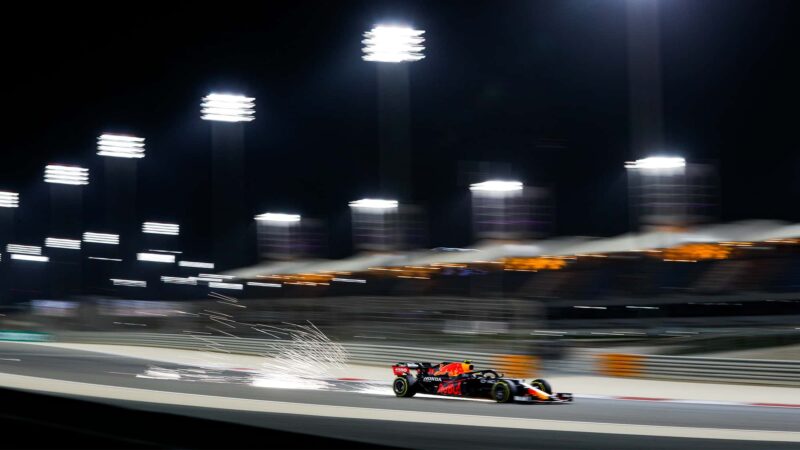
Perez, on medium tyres, couldn’t escape Q2
Frederich Le Floc’h/DPPI
The idea, of course, was to maximise race strategic flexibility by clearing Q2 on the harder Medium Pirelli. Verstappen’s Q2 time was 1min 30.318sec and it was seventh quickest. Sergio was 0.34sec slower, 10th, when Lance Stroll pipped him by 0.03sec to bump the second Red Bull out of Q3. On average, the qualifying deficit of Gasly/Albon versus Verstappen was bigger than that, so although Perez was hugely disappointed, perhaps he shouldn’t beat himself up too badly. He will still be a factor in the race.
Charles Leclerc drove one of those qualifying laps that very few men can to put the first Ferrari fourth on the grid. And it was something of a bolt from the blue.
“I was struggling in P2 and P3, quite honestly,” he admitted. “I was overdoing it and not driving very well in general. But then in qualifying the feeling was much better and the car felt easier to drive than last year’s. I could feel a bit more power too, so I’d say we’ve made a significant step but let’s keep our feet on the ground.”
He missed Bottas by less than a tenth and you feel he’d have signed up for a three-tenth gap to Mercedes, it’s just a shame about the Red Bull…
